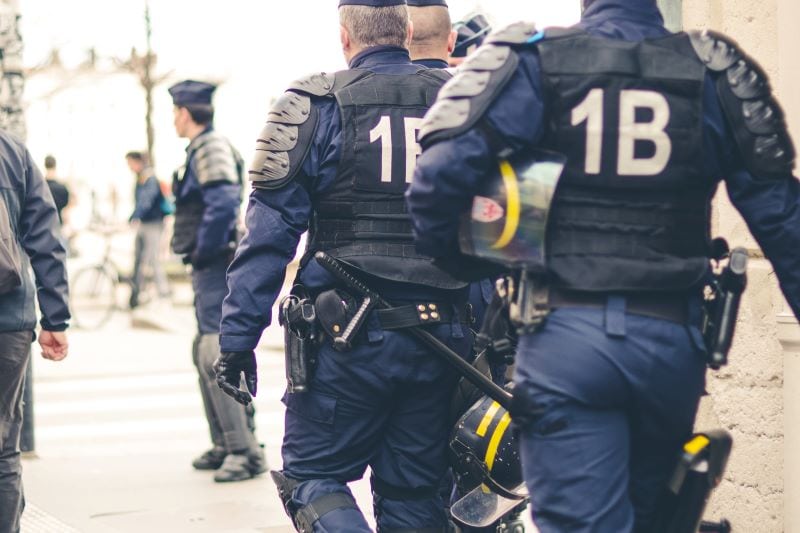Fabric vests are used in conjunction with armor plates as plate carriers. Most vests are lined with an aramid material and have pockets for armor plates on the front and back. Protection is provided by the armor plates.
First, the plate carriers do not provide any form of ballistic protection. It is inappropriate for law enforcement officers to rely solely on their carriers to protect them from bullets. The protection level of a plate carrier is determined by the presence of ballistic plates. It is the ballistic plates that determine how much protection is provided. There are different levels of protection available with plate carriers. Ballistic plates of different protective levels can be carried on one carrier. It is important to remember, however, that each plate carrier is designed specifically for a particular type of ballistic plate. A good carrier rig is crucial for the right ballistic plates.
A ballistic plate is normally classified as hard body armor. Most of them will be at level III or IV. The armor plates can be made from polyethylene (PE) or ceramic materials. A polyethene (PE) plate is the best because it is lightweight and is most durable. Although steel and ceramic are also quite protective, they are bulky.
In the absence of ballistic plates, carrier plates cannot be classified in any protection level. A gunfight with an empty carrier plate is dangerous due to the high number of features and functions of a carrier plate. It’s like wearing an empty t-shirt when the plate carrier is empty. Just imagine what it would look like to see a law enforcement officer wearing a red or blue t-shirt at a sun fight. Engaging in a gun fight without ballistic plates is a suicide mission, to put it mildly.
Check out the rest of our blog posts here.

